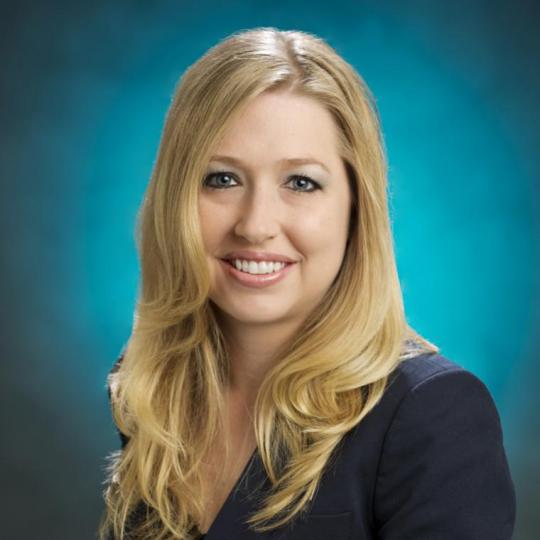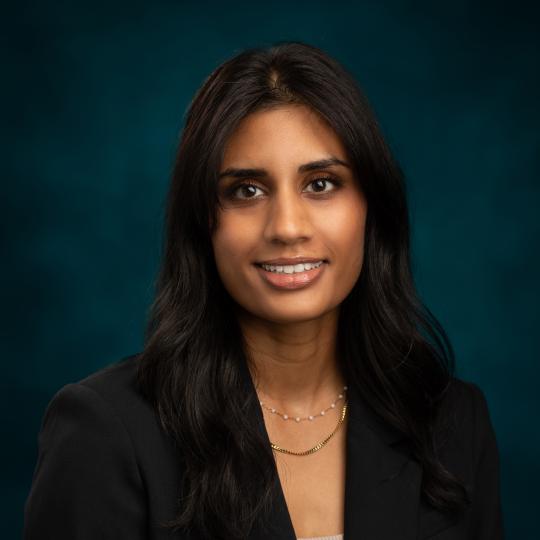Sinus Surgery
Overview
SIU Otolaryngology offers endoscopic surgical treatment of sinus diseases including sinusitis, nasal polyps and sinus tumors. Its surgeons have significant experience treating patients with complex sinus issues or multiple prior surgeries.

Sinus disease treatment options | Endoscopic sinus surgery
Many factors go into determining the most appropriate treatment for patients with sinus disease. Patients with sinus disease will likely require a CT scan of the sinuses. If there is concern for a tumor or brain fluid leak, an MRI might also be necessary. The majority of the diseases listed here are treated with surgery only. Some tumors and cancers could require chemotherapy and/or radiation before or after surgery. Decisions regarding the treatment of sinus cancers are made with a multidisciplinary team.
Chronic rhinosinusitis with or without nasal polyps
Chronic inflammation of the sinuses lasting at least 12 weeks leading to symptoms that may include loss of sense of smell, discolored nasal drainage, congestion, post nasal drip, and facial pressure. Chronic sinusitis can present with or without nasal polyps.
A specific type of chronic sinusitis in which the lining of the sinuses becomes very swollen leading to polyps in the sinuses and nose. This can lead to loss of sense of smell and significant nasal congestion.
Endoscopic sinus surgery is the mainstay of treatment for chronic rhinosinusitis. This is a procedure in which the natural drainage passages of the sinuses are visualized with a small scope passed through the nose and opened widely with small instruments. It is important to understand that this is a chronic disease and surgery is the first step in treatment. Long-term medication is often required to keep the disease under control and avoid future surgeries.
CSF rhinorrhea
This occurs when leaking brain fluid flows through the thin bone that separates the brain from the sinuses. This can occur for a variety of reasons including surgery, trauma, and increased pressure around the brain.
Endoscopes are passed through the nose to view the area of the leak. Small instruments are used to open the sinuses to access the area. Tissue from within the nose is used to patch the hole through which the fluid is leaking. This approach has no associated bruising or incisions on the face or head.
Inverted papilloma
A benign tumor that grows in the sinuses and can push on important structures surrounding the sinuses including the eyes and the brain. This type of tumor has a small chance of turning into cancer.
The majority of inverted papillomas can be removed with an endoscopic approach only. In certain circumstances, an incision under the lip or behind the hairline is needed to remove the entire tumor. This is determined based on the location and extent of the tumor.
Sinonasal cancer
There are a variety of types of cancers that can occur in the sinuses. The most common type is squamous cell carcinoma, while other less common types include adenocarcinoma, adenoid cystic carcinoma, sinonasal undifferentiated carcinoma, melanoma, sarcoma, and lymphoma. Other cancers identified in the nose can begin in the brain and extend into the sinuses such as esthesioneuroblastoma.
Some sinus cancers can be removed entirely with endoscopes avoiding external incisions. If the cancer is more extensive it might be removed through a combination of endoscopic approach and skin incisions. Some sinus cancers are not appropriate for endoscopic resection and are best removed entirely through skin incisions.
Juvenile nasopharyngeal angiofibroma (JNA)
This is a rare vascular tumor that occurs around the sinuses and affects adolescent males. This type of tumor is not a cancer, but can be aggressive pushing into the brain and orbit.
The majority of JNAs can be removed with an endoscopic approach only. It is common for patients to have the blood supply to the tumor plugged with a procedure called embolization performed by an interventional radiologist 24 hours prior to removal of the tumor. In certain circumstances, skin incisions are needed to remove the entire tumor. This is determined based on the location and extent of the tumor.
Endoscopic endonasal surgery
Endoscopic endonasal surgery is a minimally invasive technique that allows a surgeon to go through the nose to correct problems or remove a tumor in various areas of the brain and the top of the spine.
A thin tube called an endoscope is threaded through your nose and sinuses, giving your surgeon access to parts of your brain that would be difficult to reach using traditional surgical approaches. Those techniques are more complicated and require large incisions and removal of parts of the skull. With the endoscopic endonasal approach, your recovery is often quicker and less painful.
Endoscopic Orbital Surgery
With recent advances in technology the middle and bottom bones of the eye socket can be accessed with endoscopes working through the nose. This approach allows for improved visualization of the area and avoids scars of the skin around the eyes.
Sinus Surgery Post-Operative Care
Following an endoscopic procedure, the sinuses will require time to heal. During this time the sinuses are often dry. Most patients are asked to begin irrigating the nose with saline 5-6 times daily starting the day after surgery. Irrigations help wash away old blood clots that form within the sinuses. The moisture also helps the sinuses heal. Patients will be scheduled for multiple follow-up appointments with the surgeon, at which time an in-office procedure is performed. This procedure is called a debridement and involves the removal of dried blood and crusting that forms within the sinuses after this type of surgery. Patients are numbed with spray prior to this procedure in order to decrease the discomfort. These follow-up appointments are crucial to keep scars from forming within the nose and to improve long-term success of the surgery.
Our providers
Why SIU
Continually learning
With a focus on continual improvement, our doctors take the time to research, study and innovate to provide the latest treatments for our patients.
Patient-first experience
Our care ranges from primary care physicians to specialists and sub-specialists who have advanced training. We're here for you when you need us.
Breakthrough tech
Continually teaching the next generation of doctors, our physicians use the latest developments in procedures and technologies for our patients.


